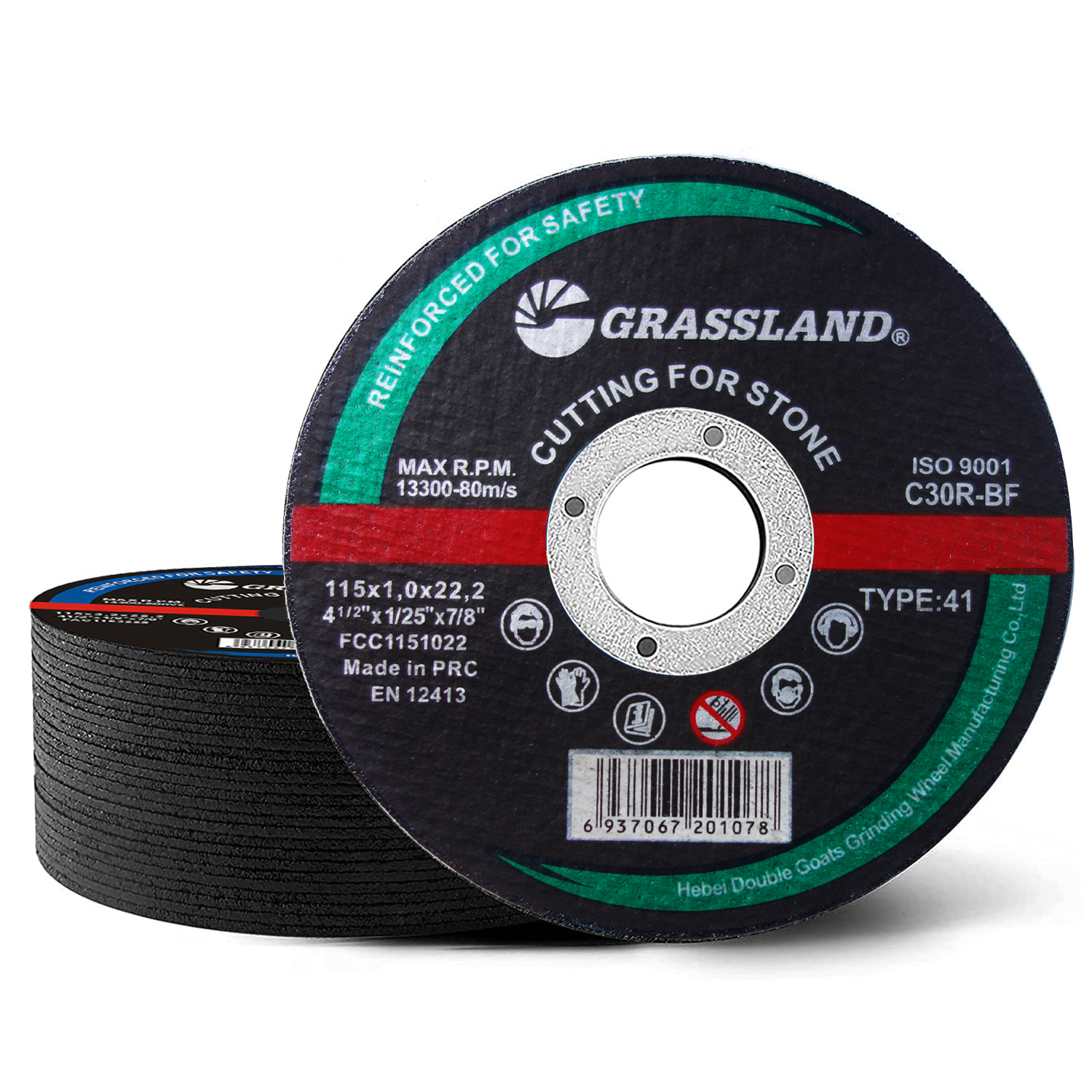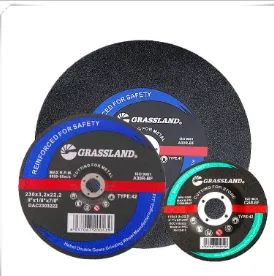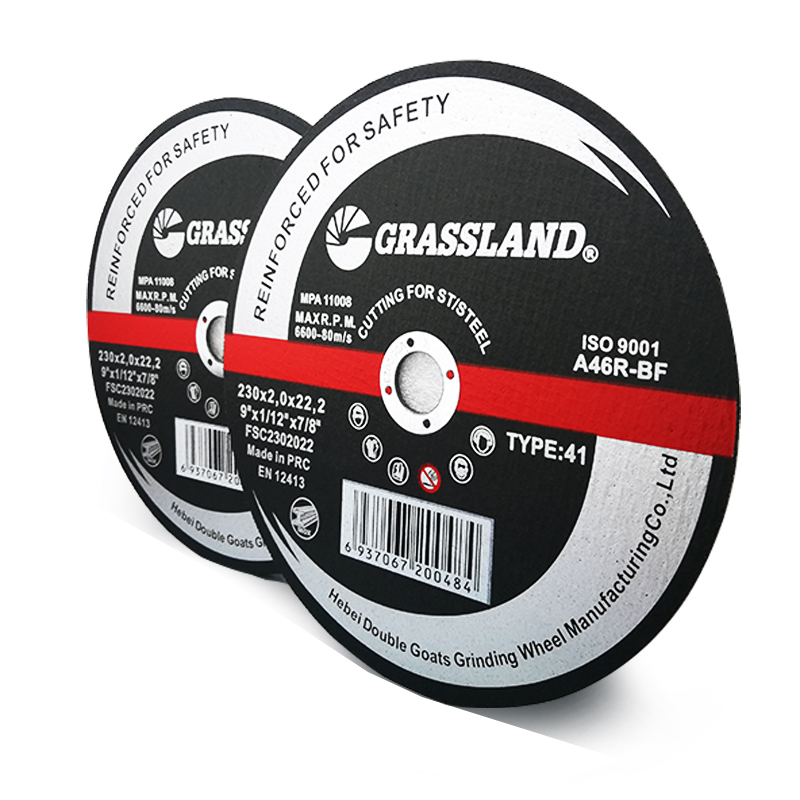

In terms of technique, using an angle grinder for cutting bricks requires attention to safety and method. Begin by marking your cut clearly with chalk or a pencil, ensuring that your intended line is straight and accurate. Firmly secure the brick, preferably on a robust workbench, using clamps. This stability can prevent accidental slips which might cause damage or injury. Experience shows that maintaining a steady, even pressure on the grinder as you cut helps produce a clean result, minimizing jagged edges that can occur with sporadic pressure. Proper personal protective equipment is non-negotiable when operating an angle grinder. Safety goggles, dust masks, and gloves protect against sparks and dust that are inevitable when cutting bricks. Moreover, ensuring that your workspace is well-ventilated further adds to the safety and comfort of your environment. Furthermore, regular maintenance and checks can increase the trustworthiness of your tools. Inspect the angle grinder and disc regularly for wear or damage. A disc that is chipped, cracked, or overly worn can not only affect the quality of the cut but also pose a significant safety risk. Replacing or repairing these immediately maintains operational excellence and safety standards. In conclusion, selecting an angle grinder disc for cutting bricks is a choice that draws heavily on experience and expertise. By investing in high-quality diamond discs from reputable manufacturers, and adopting safe, effective cutting practices, users can achieve superior results. With the proper knowledge and tools at your disposal, cutting bricks with an angle grinder becomes a task that is less daunting and more effective, ultimately ensuring professionalism in every project.
Post time:Feb - 14 - 2025

















